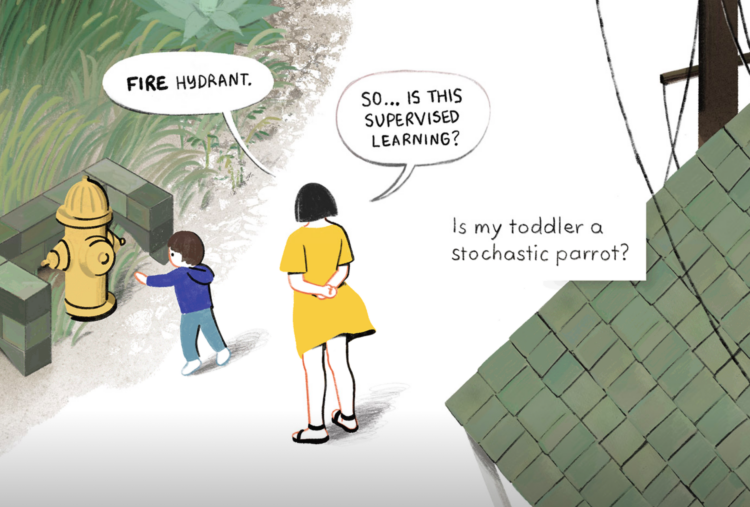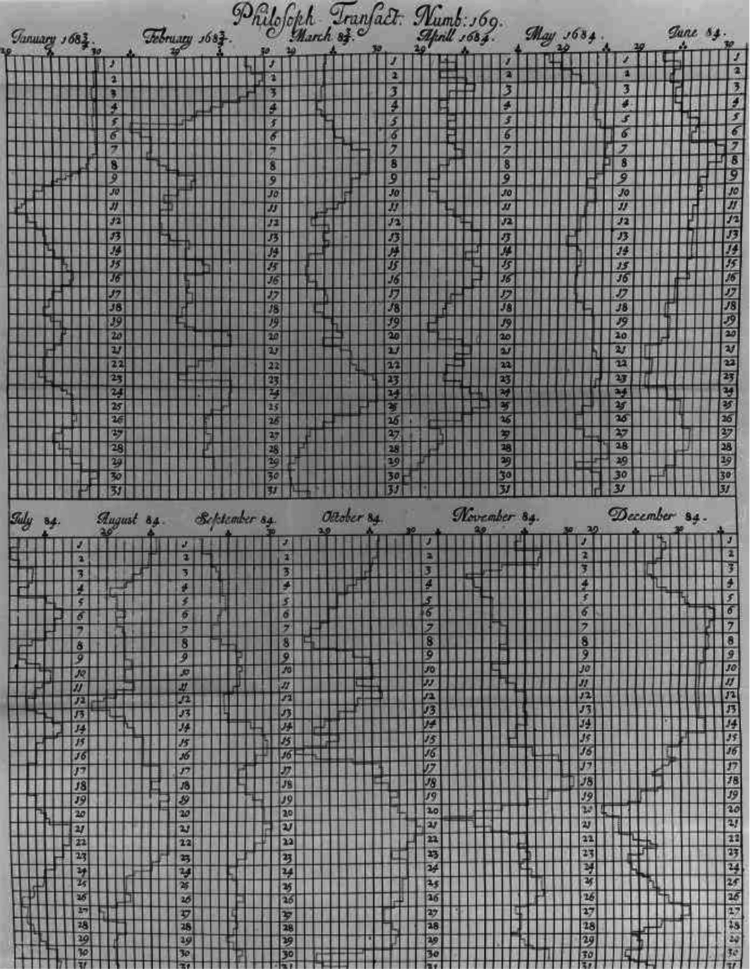Alec Wilkinson, reporting for The New Yorker, profiled Thomas Hargrove, who is deep into finding serial killers algorithmically and through public data:
Thomas Hargrove is a homicide archivist. For the past seven years, he has been collecting municipal records of murders, and he now has the largest catalogue of killings in the country—751,785 murders carried out since 1976, which is roughly twenty-seven thousand more than appear in F.B.I. files. States are supposed to report murders to the Department of Justice, but some report inaccurately, or fail to report altogether, and Hargrove has sued some of these states to obtain their records. Using computer code he wrote, he searches his archive for statistical anomalies among the more ordinary murders resulting from lovers’ triangles, gang fights, robberies, or brawls. Each year, about five thousand people kill someone and don’t get caught, and a percentage of these men and women have undoubtedly killed more than once. Hargrove intends to find them with his code, which he sometimes calls a serial-killer detector.
Find out more and download data from Hargrove’s nonprofit the Murder Accountability Project.
Tags: algorithm, murder, New Yorker


